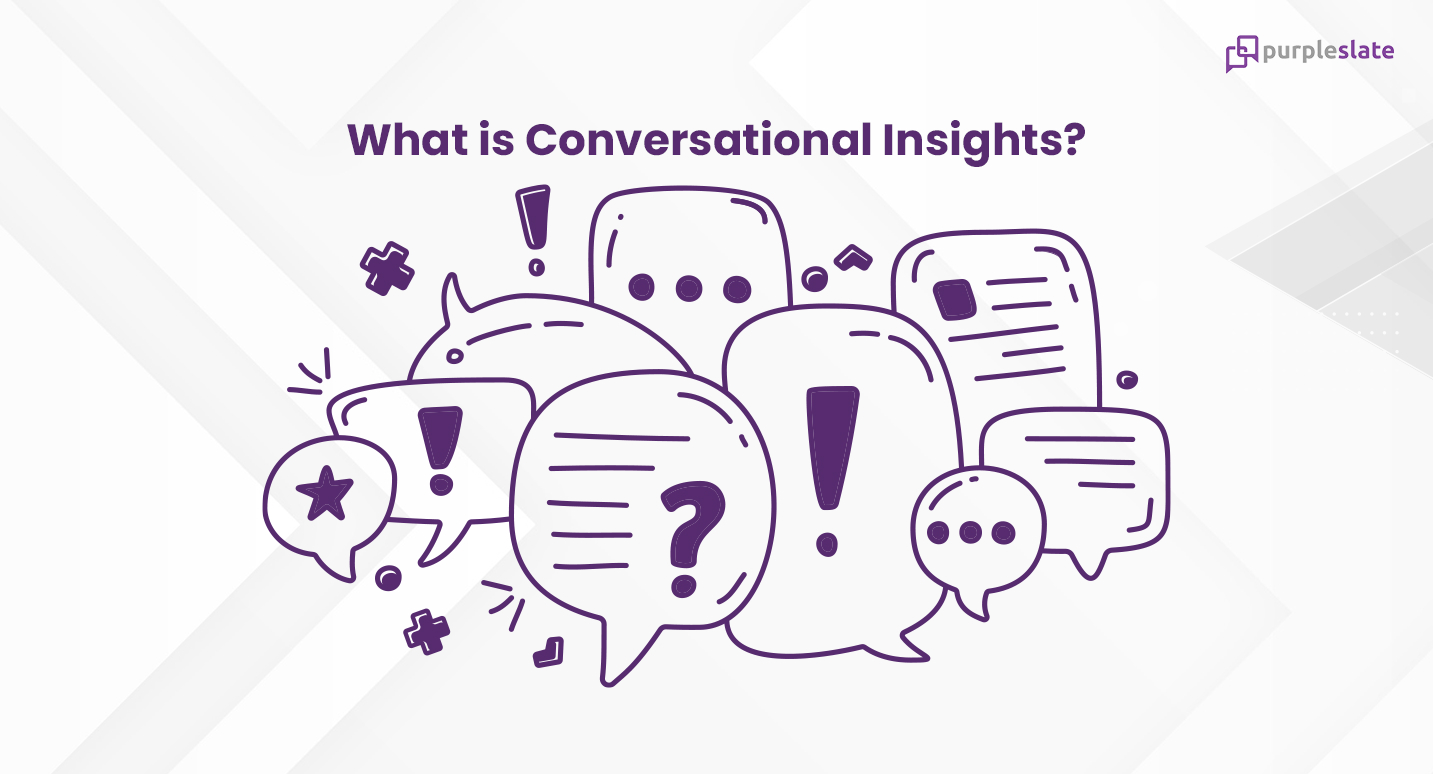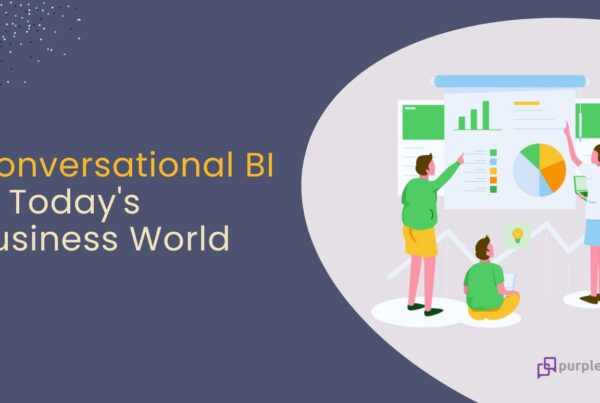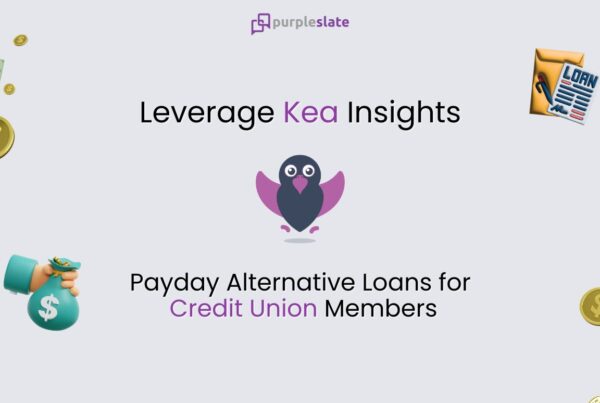
What is Conversational Insights?
Conversational insights is a novel approach to analyzing data that uses the natural language of customers, employees, and partners to understand their needs. It allows for better communication, improved insight, and faster decision-making.
Conversational insights is a new way to interact with your business data. It’s more natural and intuitive for users, who can get answers without the added complexities of a query-driven data analytics tool. And it can be used in many industries—from healthcare to manufacturing—to improve productivity and better understand customer needs.
The concept of conversation-driven analytics has been around for some time, but it’s just now starting to gain traction because of its potential as part of the trend toward Natural Language Processing (NLP). This technology is also part of the growing interest in artificial intelligence (AI), which uses computers’ ability to learn from experience or observation rather than being told what to do by programmers or humans telling them how things should work.
Why Do We Need Conversational Insights?
To understand the need for conversational-driven business intelligence platforms, one needs to look at the current suite of self-service analytics tools. They started with the noble intention of enabling everyone to derive contextual stories from data, but have metamorphosed into a form that’s undesirable at large. There are three major shortcomings of the current suite of self-service analytics platforms.
- Complexity in Usage: These tools demand a certain degree of expertise that requires training, certifications, and more to use. The difficulty of operating these tools exponentially increases with the amount of data being collected and processed.
- Additional Overheads: Specialized teams are employed to create reports when the volume and the level of sophistication surpass the expertise of regular IT teams. This adds to the overheads along with licensing costs.
- Time Loss: Even for a seasoned user to create dashboards and reports, will take him or her a specific amount of time. The time loss is directly proportional to the volume of reports.
The impact of shortcomings affects businesses heavily, often resulting in loss of revenue.
- Information Overload: An excess of information to make a data-driven decision leads to employee burnout, and failing productivity levels.
- Painful Delays in Data Access: Time loss in delivering dashboards coupled with information overload hits the business where it hurts. Taking data-driven time-bound decisions.
Hence it’s imperative to implement a different business intelligence system, one that’s intuitive to how humans access information.
Are there any Benefits in Implementing Conversational Insights?
For decades, the adoption of business intelligence tools has hovered in the range of 20-30% of users in an organization. Business Intelligence systems were used only by a few within the organization and not tapping their full potential. Conversational Insights is designed to improve adoption amongst all data users by encouraging them to access insights in the language they speak.
Introducing intuitive business intelligence platforms to the middle and senior management team or whoever is part of the decision-making, will lead to a manifold increase in the company’s revenue. AI-powered conversational insights enable business users to find information on the go. Ad hoc queries can be resolved quickly by BI teams, taking only a few seconds as opposed to days or weeks. What’s more important is that the system will be able to learn and improve continuously.
Enhanced Returns: Enables business users with actionable insights and allows them to uncover business issues even before they occur
Higher user adoption: A straightforward language-based interface that enables even all users in the organization to use the tools with basic training
Data democratization: Access and understand data without analytical, statistical, or data-handling skills
Improved decision-making: A search-driven analytics platform allows users to dive deeper, discover AI/ML-powered insights, and find the most granular information by allowing them to explore data in any direction
The Future of Business Intelligence will be Conversational
Conversational insights is the future of business intelligence and is here to get the most out of available data and make better decisions. Voice-enabled data analytics help HR managers find the right people, engage with them, and build a relationship before they even decide to hire them. This approach enables sales managers to understand customer emotions and build tailored experiences for them. Supply chain personnel can plan to mitigate the risk of dwindling SKUs and proactively plan effective shipping routes. The applications of a conversational insight tool are endless.
Intrigued to learn more about conversational insights? Check out our webinar where we discuss the story of how conversational insights is revolutionizing the data analytics industry.




